
Self
In this documentary, script supervisor Teruyo Nogami, who first worked with Akira Kurosawa on RASHOMON, catches up with many members of the crew, including cowriter Shinobu Hashimoto and assistant director Tokuzo Tanaka. They talk about the screenplay’s evolution, difficulties during the shooting of the film, and Kurosawa’s working methods.
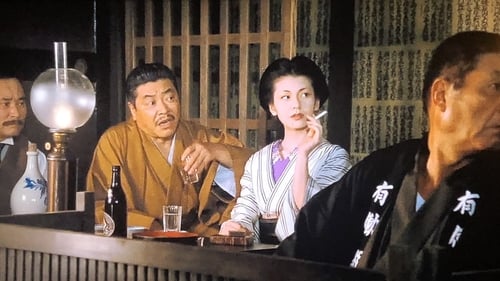
Director of Photography
An illustration of the tragic lives of geishas at a popular geisha house, Shinonomero. Shortly after being sold to a geisha house at age 5, Shizu is befriended by a fellow older geisha, Tsuru. After years of living and working together, Tsuru and Shizu manage to run the operations of Shinonomero as the proprietress and assistant. Despite vows to never to let their lovers come between them or Shinonomero, moments of weakness leave Tsuru and Shizu caught up in a web of betrayal and plunged into debt. With the guilt of losing Shinonomero to Udo, a yakuza who loaned them money, it is now up to young Shizu to redeem Tsuru’s honor and restore Shinonomero as their own.

Director of Photography
The indolent son of an oil vendor becomes a regular customer of a prostitute, racks up a mountain of debt, and is disowned by his parents.
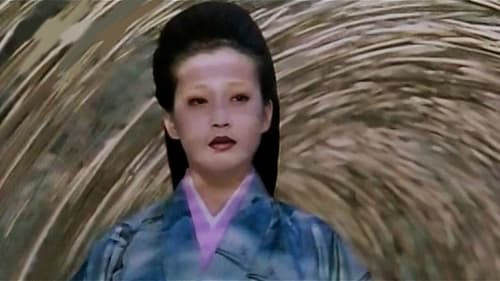
Director of Photography
Furuta Oribe is ordered to become tea master under Toyotomi Hideyoshi after his teacher Sen no Rikyū, the former tea master, was ordered to commit suicide. Princess Goh, daughter of the lord but adopted by Hideyoshi, is outraged when Rikyū's severed head is thrown in the Nijo River. She sends Usu, Oribe's servant, to retrieve the head and deliver it to Rikyū's adopted daughter.
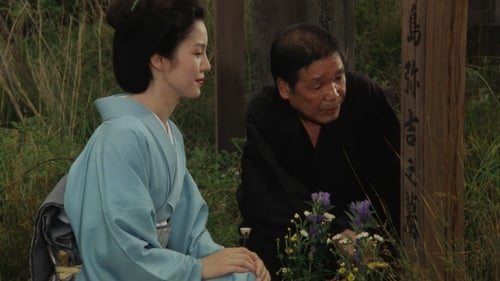
Director of Photography
Rin Jyoshima lost her father to death-by-gambling; years later, she's grown up in the Kosugi household and has fallen victim to gambling herself.
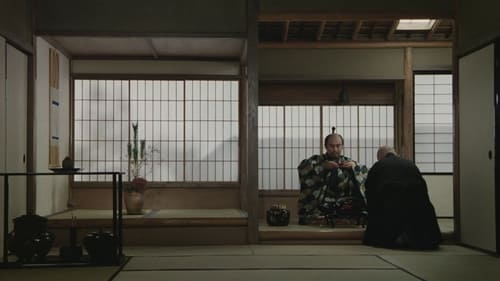
Director of Photography
Late in the 1500s, an aging tea master teaches the way of tea to a headstrong Shogun. Through force of will and courageous fighting, Hideyoshi becomes Japan’s most powerful warlord, unifying the country.
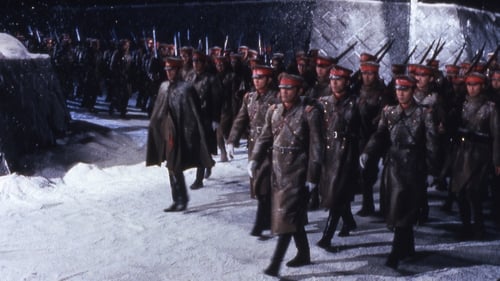
Cinematography
Based on the "2.26 Incident", an attempted coup d'état in Japan 1936, launched by radical ultra-nationalist parts of the military. Several leading politicians were killed and the center of Tokyo was briefly held by the insurgents before the coup was suppressed.
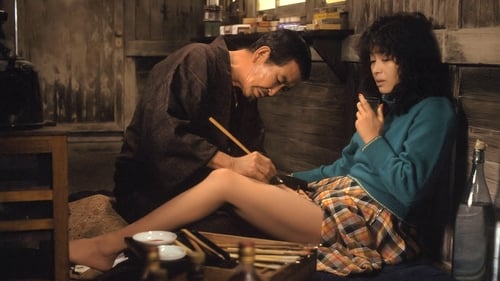
Director of Photography
Prostitutes in burnt out Tokyo ghetto of post-WWII Japan peddle their flesh and save one-third of their money for a proposed dancehall to be named Paradise. The hookers live in a bombed-out building, but they accept the precarious situation with typical resolve.

Director of Photography
The Man Who Assassinated Ryoma is a movie about a haunted blood-thirsty Bakufu officer who might have killed Ryoma Sakamoto.
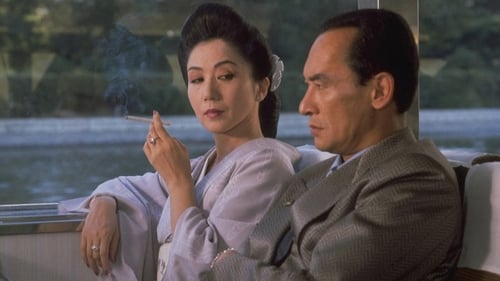
Director of Photography
While her husband is in prison doing time, Tamaki, the wife of a yakuza capo, runs her spouse’s gang with an iron hand. Meanwhile, Makoto, her younger sister, marries a member of a rival band after being raped by him. The two sisters, united by blood ties but married to enemy yakuzas, will ultimately have to decide whose side they’re on.
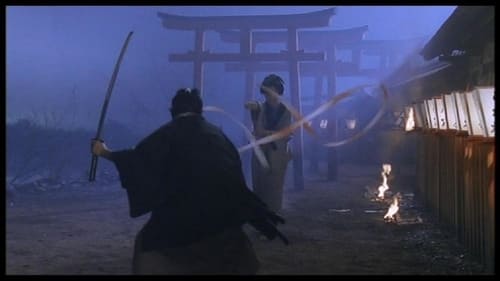
Director of Photography
Three men sentenced to death are spared and changed into “shadows executioners”, a group of ruthless ninja working for mysterious high ranking officials. During their investigation on some illegal business, one of them, called “Yazuke the Viper”, finds his abandoned daughter, Ocho, who has now become a mistress of Denzo, a smuggler. After Yazuke’s death, Ocho is also recruited as a “shadows executioner”, with the task of completing her father’s mission.

Director of Photography
When a fugitive begins a romance with the woman hiding him from the law, it becomes uncertain whether he will ever escape the shadow of his heinous crimes--or the detectives hot on his trail.
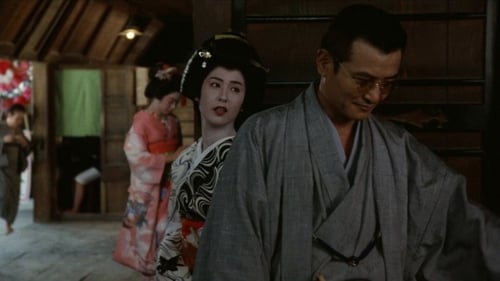
Director of Photography
Drama about the difficult relationship between a former wrestler, his wife and their adopted children.
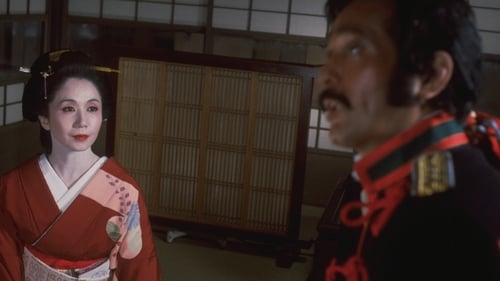
Director of Photography
Set in the icy wilderness of Hokkaido during the early days of the Meiji era, where the brutal warden of Kabato Prison terrorizes convicts sentenced to forced labor to build the roads needed to open up the territory.
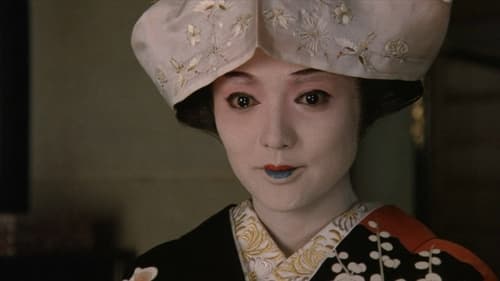
Director of Photography
This story is based on the novel "Jo no mai" by Tomiko Miyao which is based on the life of painter Shōen Uemura (1875–1949), the first woman to be awarded the Order of Culture. The title refers to the masterpiece bijinga ("picture of a beautiful woman") that Uemura painted at the age of 61. The main character, Tsuya Shimamura, is born in Kyoto as the second daughter of a tea trader who dies before her birth. Tsuya, who loves painting more than anything and is hopeless at housework, attends art school and at age 15 receives the name Shōsui (from the characters for "pine" and "green") from her teacher. The crown prince of England purchases one of her works, propelling her to fame overnight. The novel portrays the remainder of her stormy life, during which she is impregnated by her teacher and raises a fatherless child; through it all she devotes herself to her painting, undaunted.

Director of Photography
Uta married a priest who saved her when she tried to commit suicide at a waterfall. The love triangle between a lustful priest, his second wife and his son Masao.
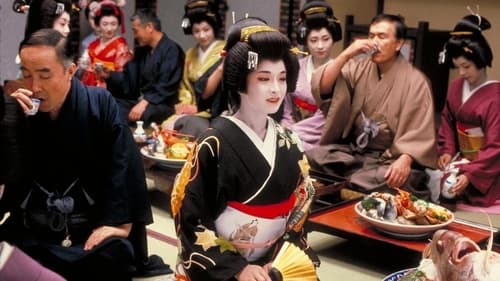
Director of Photography
Yokiro was the most successful Geisha house in Western Japan during the first half of the 20th century and remains open to this day. At its peak, it was home to over 200 geisha, however behind the fabulous facade, there were many battles - between family members, men and women, and with the Yakuza. Momokawa was sold to Yokiro at age 12, and despite being the top geisha, her many complicated relationships provide unending challenges throughout her glamorous but turbulent life.
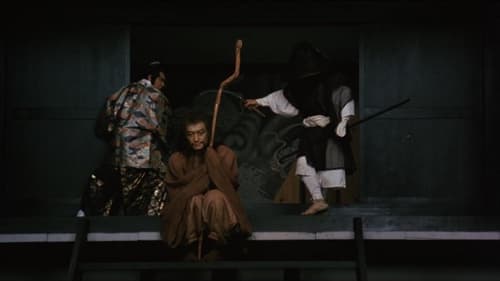
Director of Photography
A fortuneteller prophesizes that whoever marries the beautiful Ukio will become the ruler of the world. Naturally, this makes her very popular with those vying for power, particularly the insatiably greedy Lord Donjo. Only the ninja Jotaro can stop Donjo's plan, but to do so, he must first battle the deadly team of "Devil Monks" serving the lord. Will Jotaro succeed in his mission? And if so, will Ukio marry him, thus making him the ruler of the world?
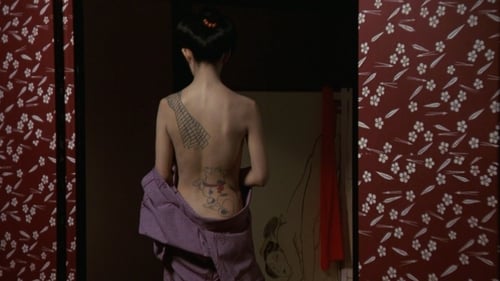
Director of Photography
Onimasa is the egocentric boss of a small yakuza clan on Shikoku Island, whose criminal duties conflict with his self-image as a chivalrous samurai. His struggles with his boss, the Shikoku Godfather, and the tumultuous life of his adopted daughter, Matsue, form the backdrop of this epic tale of justice, obedience, and bloody vengeance.

Director of Photography
Saito Masao reminisces on the days of his youth more than 50 years ago and his forbidden love of his older cousin Tamiko. When he was 15, Tamiko moved in to take care of his sickly mother. The two quickly fell in love with each other but were inevitably forced by their family to live separate lives.

Director of Photography
The story takes place during the end of the Pacific War and the aftermath period and it focuses on Mizoguchi, who is the son of a Buddhist Priest. When his father dies, he’s sent to the Temple of the Golden Pavilion in Kyoto. Mizoguchi is physically unattractive and becomes, in some way, jealous of the beautiful Temple that he loves so much.

Director of Photography
When a woman and her bridegroom are found dead in a double suicide the day after their wedding, it is up to the detective (Akira Nakao) to figure out what could possibly have motivated them. Carefully and systematically, he pieces together the inner lives of the two.
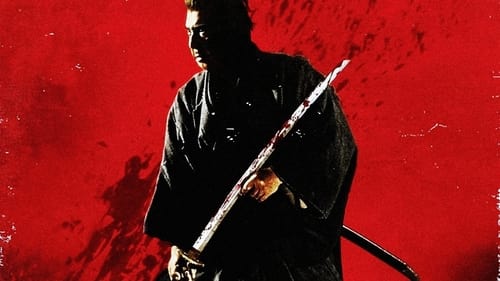
Director of Photography
In the fifth film of the Lone Wolf and Cub series, Ogami Itto is challenged by five warriors, each has one fifth of Ogami's assassin fee and one fifth of the information he needs to complete his assassination.

Director of Photography
When 150 guns are stolen from Iwakuni base and two police officers are shot dead, a detective criminal tries to find out the truth.
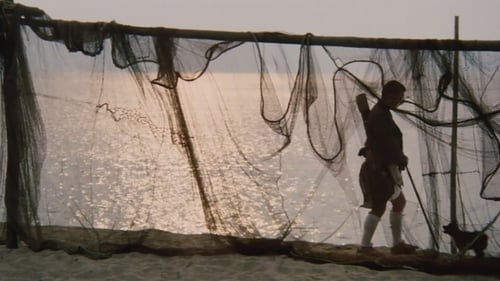
Director of Photography
After accidentally causing the death of an old lady, Zatoichi tries to do right by buying the lady’s daughter’s freedom from a brothel - but this causes more problems than solves them.
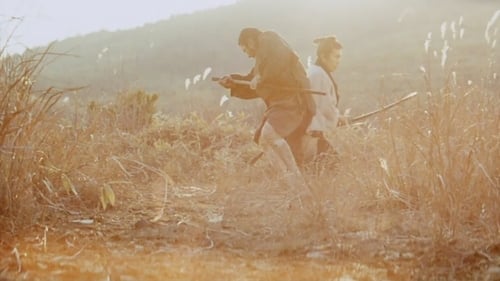
Director of Photography
Blind masseur and master swordsman Zatoichi finds a robbed and fatally wounded pregnant woman, whose baby he delivers before she dies. He takes the baby in search of its father and finds the child's aunt, who is about to be forced into prostitution for want of a payment the dead mother was bringing. Zatoichi determines to save the woman from her cruel fate.
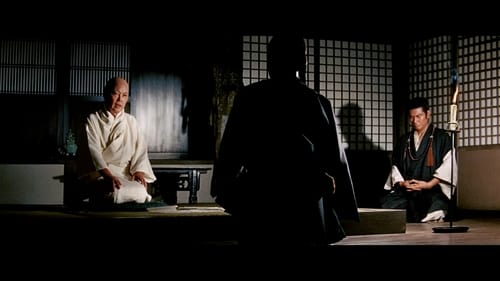
Director of Photography
Zatoichi is a blind massage therapist and swordsman who finds out that something troubling is taking place on the outskirts of town. After discovering who the guilty parties are -- an accomplished Chinese martial artist named Wang Kang and his youthful attendant -- Zatoichi finds them and discovers that the pair's mixed up with a dangerous bunch of terrorist samurai who murdered the boy's parents. Now, Zatoichi must step in to save the day.

Cinematography
Soft-Boiled Goro is a 1970 film directed by Kazuo Ikehiro

Director of Photography
A five year old boy leaves his mother and grandparents to see his father who has gone to work in Osaka.

Director of Photography
Story exposes free-sex among highschool students.
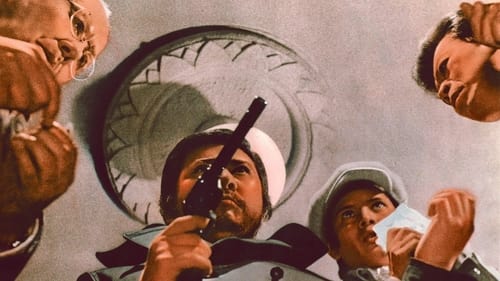
Cinematography
An action-comedy about three men who try to bilk money out of gambling dens.

Director of Photography
The Shinobi-no-Mono series was so successful that Daiei Studios dipped into the well one more time, making the best 60′s B&W ninja movie ever seen in the otherwise color-dominated year of 1970. Issei Mori directs Hiroki Matsukata as the reluctant leader of a small band of spies charged with kidnapping a noblewoman from a heavily ninja-proofed castle. The finality of the air slowly began to fill like smoke, and in all that had become dark the loyalty of the Ninja who dared to go shone like light as they entered a world shrouded in mystery. Things do not go as planned in what is possibly the darkest and most fatalistic of the already noir-ish 60′s fare. Both the decade and it’s distinctive style of shinobi cinema went out on a high note with Mission Iron Castle.

Cinematography
Takeshi Nanjo, a junior lieutenant in the navy whose father, the head of the Nanjo-gumi yakuza family, was killed, is forced to leave the army and become the head of the Nanjo-gumi in the second generation. He brutally chivalrously avenges the death of his father by a vicious yakuza linked to extremists within the army through the courage and swordsmanship of naval training!
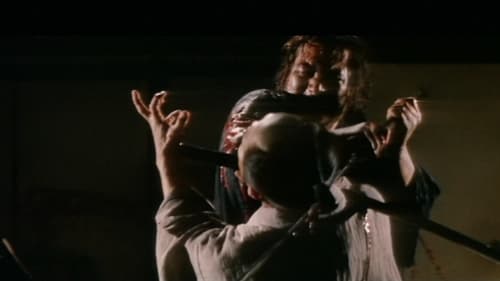
Director of Photography
A ronin desperately seeks a way out of financial straits; he allies with the Tosa clan under the ruthless leader Takechi, who quickly takes advantage.

Director of Photography

Director of Photography
An omnibus comedy in which an unique lawyer teaches about laws regarding sex crimes.
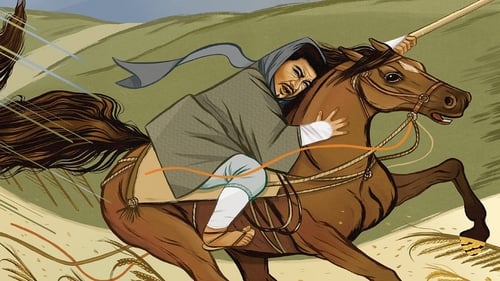
Director of Photography
Zatoichi is forced to kill a young man who owes a debt to a yakuza boss. Moments later, his sister Osode arrives with the money she earned (prostituting herself) to pay his debts. The bosses true motives are revealed and he attempts to steal Osode even though the debt is paid. Zatoichi realizes his grievous error and protects the girl from the gang. Osode and Zatoichi are caught in a dilemma as she must rely on her brother's killer for protection and Zatoichi wrestles with the injustice he has caused.

Director of Photography
It’s cross and double-cross in these further adventures of Ryuzen, the wayward priest played by Katsu Shintaro as he tries to help a woman who may be the heir to a fortune get what is rightfully hers. Matsuo Kayo, who first rose to international stardom as ‘the supreme ninja’ in “Shogun Assassin” gives an outstanding performance in this clever and exciting caper tale set in the samurai era. Ryuzen agrees to help her, but is he just in it for himself, and is she really who she claims to be? When they come up against Boss Tobei it’s a virtual free-for-all as everyone struggles to walk away with a fortune in gold!

Director of Photography
Two devious retainers are competing to take control of a fief when the current Lord dies, but involving Kyoshiro in the conflict against his will is the textbook example of a bad idea - especially when the collateral damage starts to tick him off.

Director of Photography
The first film in the 2 part series about Ryuzen, a renegade martial-arts priest who, in addition to breaking all the commandments against sex and gambling, opens his own gambling den in direct defiance of the local yakuza boss. Exciting action and a twisty plot this movie breaks new barriers in Japanese cinema. Katsu Shintaro is superb in one of his better non-Zato Ichi roles as he fights off the advances of a love-lorn woman and risks his life to defeat the powerful gambling boss who has a stranglehold on the town.

Cinematography
In a mountainous region of Japan, Lord Arakawa kidnaps the men of nearby villages to use as slave labor, producing gunpowder from his sulfur pits. A band of young boys decide to rescue their enslaved fathers on their own.

Cinematography
The tyrannical Lord Danjo Mikoshiba covets the rich, fertile lands surrounding Lake Yakumo. During a memorial ceremony for the late Chigusa lord, Mikoshiba launches an attack, overthrowing the honorable Lord Juro. Just when all seems lost, Daimajin rises from Lake Yakumo to settle a score of his own.

Cinematography
Film by director Kenji Misumi
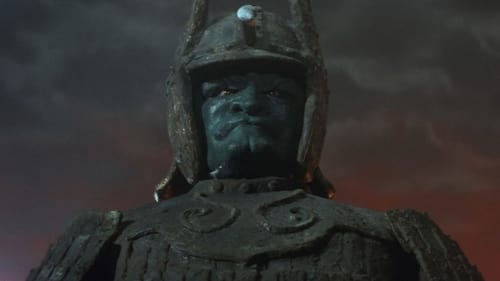
Director of Photography
A giant stone statue comes to life to protect the residents of a small town against the depradations of an evil warlord.

Director of Photography

Director of Photography
The film is set in Kyoto at the end of the Tokugawa period, when there is a fierce clash between the supporters of the Emperor, who are fighting for the overthrow of the Shogunate, and the Shinsengumi squad, who are chasing them. Suddenly, a mysterious masked warrior appears, on a white horse he is called Tengu from Mount Kurama and he opposes the Shinsengumi.
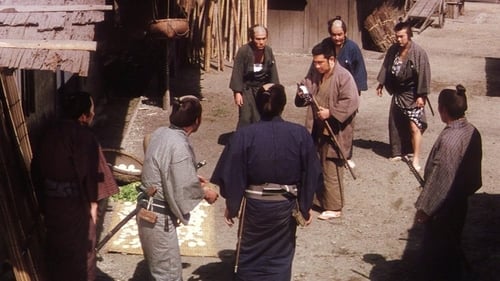
Director of Photography
Itinerant masseur and master swordsman, the blind Zatoichi, is near the village of his teacher, Hikonoichi, so he decides to visit. He learns of Hikonoichi's recent robbery and murder and the imprisonment of his virginal daughter, Osayo, in a brothel. Through friendship with Denroku, a local dice thrower and devoted father, Ichi uncovers an unholy alliance between the governor and the area strongman: among their scams is falsifying tax records to put farmers in debt, then forcing their daughters into prostitution at the boss's brothel. With help from Denroku's daughter, Otsuru, Ichi comforts Osayo until he can provoke showdowns with the villains and their henchmen.

Director of Photography
Fifth film in the series. When Kyoshiro, in a moment of weakness, saves the life of a woman being attacked on the road, he quickly finds himself entangled in a conspiracy involving a corrupt chamberlain, a wily merchant, the survivors of a pirate gang, and a missing treasure trove.

Cinematography
Industrial espionage gets in the way of love and marriage for factory worker Katayanagi.

Cinematography
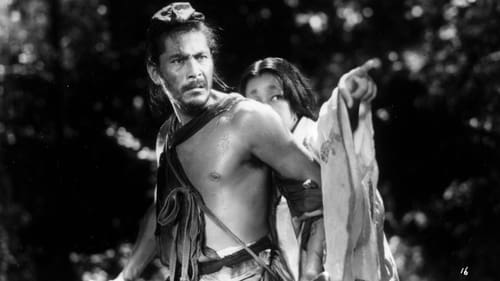
First Assistant Camera
Brimming with action while incisively examining the nature of truth, "Rashomon" is perhaps the finest film ever to investigate the philosophy of justice. Through an ingenious use of camera and flashbacks, Kurosawa reveals the complexities of human nature as four people recount different versions of the story of a man's murder and the rape of his wife.











































